Whether a person is an amateur drone pilot or may have years of experience behind him, there are rules and regulations in place that can help a person to fly a drone more safely. There are also FAA drone registration processes in place that may have to be complied for flying a particular class of drone. There are tips available that can help in making a flight more pleasurable and so all of these checklists should be made available for everyone.
Here, we shall detail all information related to drones so that everyone can be benefited by it.
Start the Complete Process
Flying an Unmanned Aircraft System (UAS) may not be easy and there can be a lot of things involved within it. The federal administration has taken note of it and devised a way so that it can be streamlined properly. The various aspects within it are discussed one by one.
Drone Safety Tips
There are certain tips that must be followed while flying a drone within the US. These are as follows.
Registration of a drone is mandatory if the weight of the drone exceeds 0.55 lbs and less than 55 lbs. The different types of FAA drone registrationsare as follows.
1 UAS Flown under the Small UAS Rule (Part 107)
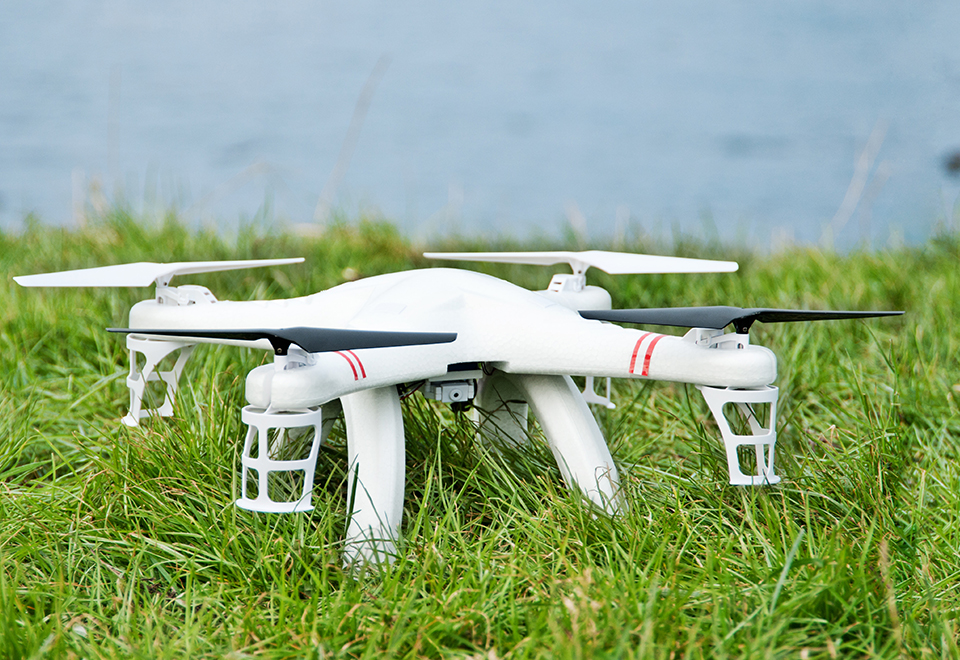
- Register the drone under “part 107”.
- Label the drone with your registration number.
Registration may cost $5 per drone and can come with a validity of 3 years.
For completing a registration, the following informations may be needed.
- A valid email address.
- A debit or credit card.
- Mailing address and physical address (if both do not match).
- Make and model of the drone.
The registration can be completed online as well as offline.
2 UAS Flown under the Special Rule for Model Aircraft (Section 336)
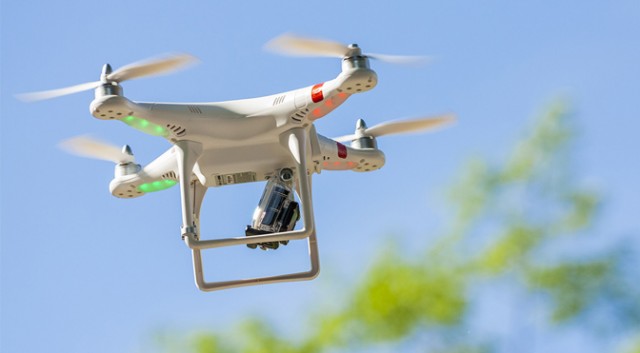
- Register as “modeler”.
- Label the model aircraft with a registration number.
For completing a registration, a person must be
- A legal, permanent resident or a US citizen.
- At least 13 years of age or older.
For registration, the following items may be required.
- A valid email address.
- A debit or credit card.
- Mailing address and physical address (if it does not match with the mailing address)
- Make and model of the drone.
If the drone is less than 55 pounds, it can easily be registered online. Otherwise there are offline options too for registering it.
- The drone should be flown at a height of no more than 400 feet.
- At all times, the drone should be within the line of sight.
- It is important to understand the FAA Airspace Restrictions –There are certain types of airspace restrictions applicable within the United States. A drone registration can be affected due to all the following factors.
- Security sensitive Airspace Restriction –The Special Security Instructions (SSI) of the FAA restricts every drone flight that is mentioned under UAS NOTAM FDC 7/7282. This restriction applies till 400 feet from the ground and it applies for all types and variants of UAS flights. It also remains in force throughout a week and 365 days in a year.
- Temporary Flight Restrictions –Temporary Flight Restrictions (TFRs) is used to denote a certain airspace area in which air travel is restricted due to a temporary hazardous phase such as a chemical spillage, wildfire, a security oriented event, United Nations General Assembly or any other special condition. The description of an actual TFR can explain about the restriction, height from the ground, exact operations that may be permitted or restricted during the period, size of the event and the time frame for which it may be enforced.
The TFR website contains the “Map Airports” tab that can help in getting an idea of the active TFRs within an area.
- List of active TFRs
- Help navigating the TFR site
- Restricted or Special Use Airspace –Special use Airspace refers to an airspace within which a few activities must be restricted or places where restrain has to be exercised so that these may not be a part of the work.
The airspace around Washington DC can be classified as restricted because a drone may not be allowed to fly anywhere within the restricted area. There can be more information related to it in No Drone Zone. The different types of Restricted Use Airspace include
- Prohibited areas
- Warning areas
- Alert areas
- Restricted areas
- Military operation areas (MOAs)
- Controlled Firing Areas (CFAs)
A detailed information on all the different airspace categories and classifications can be found in the ‘Pilot’s Handbook of Aeronautical Knowledge’.
- Stadiums and Sporting Events –Drone registration can get cancelled if a UAS is flown near near to a stadium one hour in advance and one hour after the following types of events.
- Major League Baseball
- NCAA Division One Football
- National Football League
- NASCAR Sprint Cup, Champ Series Races and Indycar
Moreover, it must be mentioned here that flying a drone is restricted within a radius of 3 nautical miles from the venue of the event.
‘Handout on Sports TFRs’ may list out all the relevant information related to this.
- Wildfire –A person is not allowed to fly a drone near to a wildfire firefighting activity.
- Airports –If there is a tower in an airport, then a recreational operator has to give a notice to the air traffic controller and the airport operator for working with a drone. Anyway, for class B airspace, such operations are usually not permitted without the consent of air traffic controller.
- Privacy of an individual should be respected.
- FAA drone registration can be under the cloud if it is flown very near to an aircraft and especially near to an airport. Such a thing should be avoided.
- There are certain things that must be adhered while flying a drone. One should restrain from flying it over a public event, a group of people or a crowded place.
- A drone should not be flown very near to a place where life saving effort may be taking place, like a hurricane or fire recovery.
- Drones should not be flown under any kind of intoxication like alcohol or drugs.
Drone Registration – There are, in fact, two possible ways of getting an FAA drone registration complete. The requirements in both of them are different and depends upon the way in which a person may want to fly. These are summarised as below.
3 Fly under the Special Rule for Model Aircraft (Section 336)
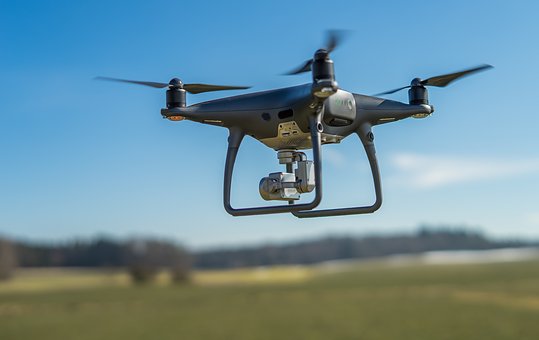
- Flying for recreation or as a hobby ONLY
- The flight is within the line-of-sight
- The drone should be under 55 lbs unless otherwise certified
- If the area falls within 5 miles of an airport, prior permission must be taken from the air traffic control tower and the airport.
- Registration of the drone
- Follow all safety instructions and keeping a flight within the programming of a national organization
- Not to operate it near any aircraft
- Not to be near to emergency rescue effort
More information related to these can be obtained from Interpretation of the Special Rule for Model Aircraft or FAA Advisory Circular 91-57A.
A person has to contact the nearest airport in case drone has to be flown in its airspace. All airport phone numbers can be accessed here: https://www.faa.gov/air_traffic/flight_info/aeronav/aero_data/Airport_Data/
Airports have devised well laid out processes for drones that can easily be discussed with people who may be interested in them. Interested parties can contact the nearest airport for all these informations.
- Registration Needs –FAA needs every drone owner to register as “modeler”and state the registration number so that in case if it is stolen or lost, it can be retrieved and returned to its rightful owner.
The registration cost is $5 and can be valid for a period of 3 years.
The page on ‘UAS Registration’ can provide many more details related to the registration process.
If these requirements seem to be too harsh, a person may also take the help of FAA’s small UAS Rule.
4 Fly under the FAA’s Small UAS Rule (Part 107)
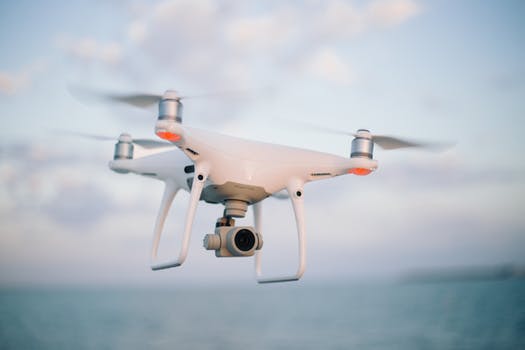
- Get a Remote Pilot Certificate from FAA – For getting a Remote Pilot Certificate a person needs to
- Be minimum 16 years of age
- Pass an aeronautical knowledge test at a testing center approved by FAA
- Clear the Transport Safety Administration (TSA) security screening
- Register the drone as a “non-modeler” –Drones that does not fall under the purview of section 336 should be registered under part 107.
- Follow all Part 107 Operating Rules –All Part 107 Operating Rules have to be followed. These are mentioned as under.
- During the takeoff, the weight of the drone must be less than 55 pounds including everything that it carries along with it.
- The drone must be within the visual line of sight.
- It has to be flown during daylight or civil twilight.
- Provide a way to any manned aircraft.
- Not to be flown from a moving vehicle unless it is a less populated area.
- Fly in Class G airspace.
- Fly within 400 feet from ground.
- Fly within 100 miles per hour.
- Not to be flown directly above people.
If rules are to be understood more thoroughly, please refer:
- Advisory Circular 107-2
- Summary of the Part 107 Rule
- 14 CFR Part 107
Waivers and Authorizations Supporting Emergency UAS Operation – In case of an emergency, the FAA can be useful to get approvals more quickly. Some of these processes are described below.
The utility of a drone can be understood in situations where there is any type of emergency and they may be needed for help. In those types of emergency situations or natural disasters, using a drone can prove to be beneficial. With specially designed response missions, they can be used for the greater public good. But then, to undertake such a mission, some type of authorization or waiver may be needed if there is no license available with the operator at that time. The FAAs Special Governmental Interest (SGI) works to facilitate for this type of operations and some of the response missions may be described as
- Search or Rescue
- Critical Infrastructure Operation or any other type of Utility
- Damage Assessments helping in Mishap Recovery related Insurance claims
- Firefighting
- Law Enforcement
- Incident Awareness
- Media Coverage for Some Important Information to the People
With the help of SGI process, FAA may help to issue qualifying drone operations of
1) addendums to previous Certificates of Waiver or Authorization
2) waivers to Part 107 operators.
- Types of Authorizations and Waivers that can be Expected from the SGI process – The FAA can utilize its SGI process to the Part 107 authorizations and COA addendums for all types of drone operations that
- Fly within airspace (including disaster Temporary Flight Restrictions and controlled airspace) and/or at heights that were not permitted previously.
- Fly Beyond Visual Line of Sight (BVLOS)
- Fly at night
Complete Approval Procedure of the SGI Process Through the FAA – There are three ways through which this can be done. They are as follows.
- The person should be a Part 107 Remote Pilot holding any current certificate OR there must be an existing Certificate of Waiver or Authorization (COA). FAA does not give emergency approvals for recreational UAV pilots.
- Fill the Emergency Operation Request Form and send it to FAA’s System Operations Support Center (SOSC) at 9-ator-hq-sosc@faa.gov.
- If the drone operation is planned to happen in a disaster Temporary Flight Restriction, the FAA’s SOSC can coordinate it with the Incident Commander or Unified Command (IC/UC) to make sure that the process will not hinder or interfere with other recovery processes and the broader job in hand.
In such a case, the FAA can coordinate with effected Air Traffic Control for
- Reviewing the proposed work and find out if it meets the desired goals of emergency waiver or approval.
- Contacting the person regarding drone registration, any additional information or status of the current request.
- Carrying out the needed steps to ensure that no other air-traffic operation gets hampered due to it.
If an application is finally APPROVED, the FAA may put an amendment to the existing Remote Pilot Certificate or COA so that it can confirm that the person can fly for a definite operation under some conditions.
If it is DENIED, operators may not be able to fly outside the rules of Part 107 or the existing COA.
- Beyond the Basics, there are Certain Things that Need Mention and Clarification –Beyond the obviously stated parts, there are certain other areas that must also be mentioned here. They are as follows.
1) Waivers to Certain Small UAS Operating Rules – A certificate of waiver can be applied from the small UAS rule (Part 107). The FAA can determine whether a small drone operation can be safe or not. If it is found to be safe then certain rules can be waived off which may include
- An operation from an aircraft or a moving vehicle
- Daytime operation
- Visual line of sight aircraft operation
- Visual observer
- Operation of a lot of drone systems simultaneously
- Getting the right of way
- Movement over people
- Operation within different airspace
- Operating constraints for small drones
2) UAVs that Weigh in Excess of 55 Pounds – The small UAS rule applies only to UAVs that have weight of less than 55 pounds during takeoff.
If exemption is required for an UAS that has weight exceeding 55 Pounds, then in that case, Section 333 exemption process may need to be used.
The aircraft requirements and operating rules are quite similar to operators under small UAS rule. Pilot requirements may be decided on a case-to-case basis.
3) Government Entities – There are 2 ways of flying a UAS for government organizations.
- Fly under the small UAS rule – All rules may have to be followed under 14 CFR part 107, including the pilot requirements and aircraft.
- Obtain a blanket public Certificate of Waiver or Authorization (COA) – It can help in getting emergency COAs (e-COAs) under certain conditions, gives permission for flying nationally in Class G airspace within 400 feet from the ground and self-certification of a drone pilot.
Where to Fly a Drone in America?
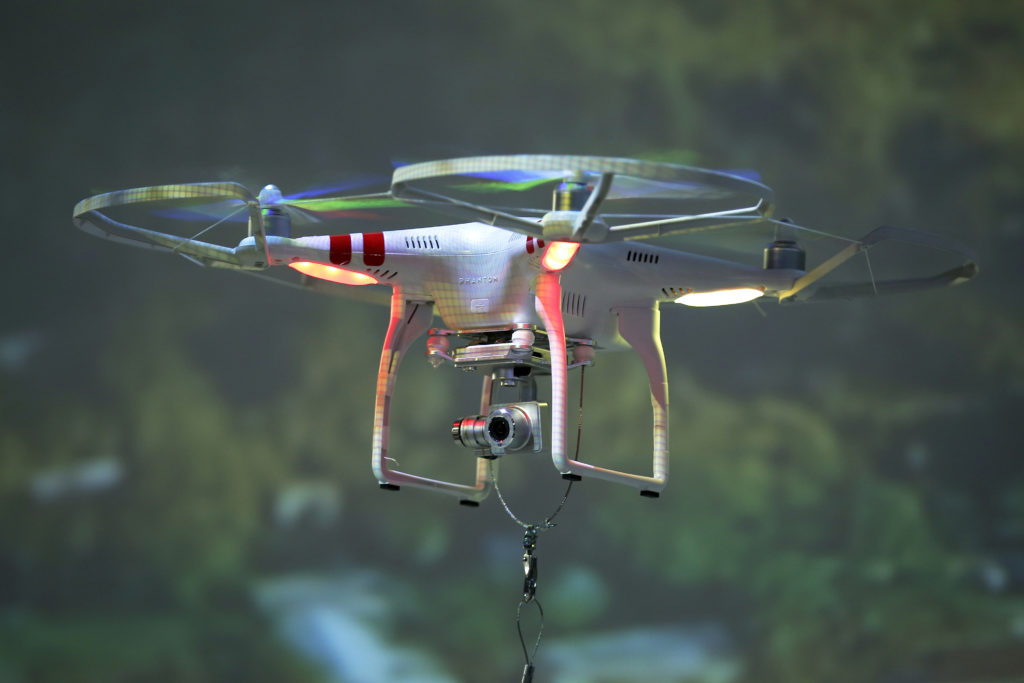
It is a fact that the United States of America has one of the safest yet one of the most complex airspaces around the world so that people can easily do many things at a time. FAA is the custodian of this airspace within the country and is responsible to ensure that all flights fly, take-off and touch down without any problem.
Anybody who flies a drone in the US has to comply with the FAA rules and guidelines that specifically mentions the places where a person can fly it without any problem to anyone. Drone pilots should go through these regulations and guidelines of the FAA to understand all about the requirements that must be met. A few helpful tips on them are as discussed.
- Airspace Restrictions –Care should be taken to learn everything related to airspace restrictions so that a drone may not endanger people’s lives or an aircraft. It is especially important to adhere for people living around an airport.
- No Drone Zone –It is a type of public campaign that the FAA is organising to spread awareness regarding drones. Safe and responsible ways of conducting drone operations may be learnt through it.
- B4UFLY Mobile App –It is a mobile safety app that has been devised by the FAA for use by UAV enthusiasts. Based on a user’s GPS location, this app can provide real time data with respect to any airspace restriction or any type of flying requirement that may be there at a time.
Frequently Asked Questions
- Is it absolutely necessary to get permission from the FAA for flying a drone?
Yes. It is absolutely essential that a person must take permission from the FAA for flying drones. There are two available ways of flying a drone in the National Airspace System. These two options have some requirements that must be met by an operator or drone pilot to fly their drones efficiently and without any problem. Deciding on which option to take is upto the person. We list here both the options in brief for a complete understanding.
- Option 1 – Fly as per the Special Rule for Model Aircraft (Public Law 112-95 Section 336) – As per this rule, a drone pilot should
- Register the drone with the FAA
- Follow some safety guidelines that are community-based
- Yield the way to a manned aircraft at all times
- Fly a drone that must not exceed 55 pounds, unless otherwise certified by a community-based organization
- Fly for enjoyment purposes only
- Fly the drone with the visual line of sight
- Give sufficient information to the air traffic control tower or the nearest airport if drone is being flown within 5 miles of an airport.
Option 2 – Fly as per the FAAs Small UAS Rule (14 CFR part 107) – According to this rule, a drone pilot must
- Get the drone registered with the FAA as a “non-modeler”
- Get an FAA Remote Pilot Certificate
- Ensure the operation requirements as envisaged in Part 107
- How much can it cost to get a remote pilot certificate?
Any interested person can take the initial aeronautical knowledge test at a Knowledge Testing Center for $150.
- Why drone registrationis absolutely mandatory?
Federal laws have made it mandatory to register drones with the FAA that are between 0.55 to 55 pounds in weight so that they can be easily identified. Each drone can have its own registration number and the registration can be done online as well as offline.
- What happens if a drone pilot does not register a drone?
Failure to register a drone that is supposed to be registered may attract criminal or regulatory penalties. Civil and criminal penalties are assessed by the FAA and depending upon it, fine may be levied. Civil penalties may run upto $27,500 whereas criminal penalties may include fine till $250,000 and or 3 years of imprisonment.
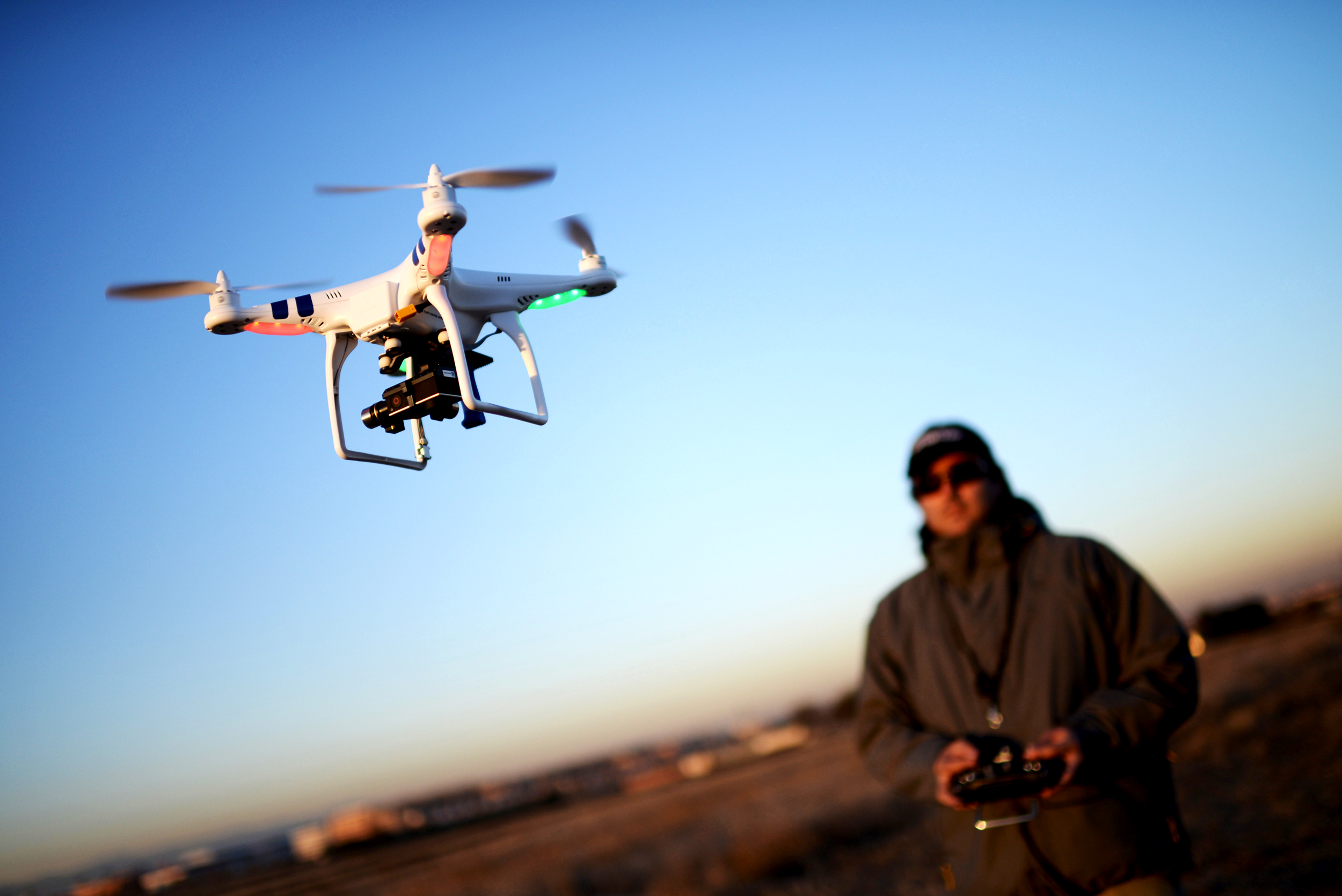
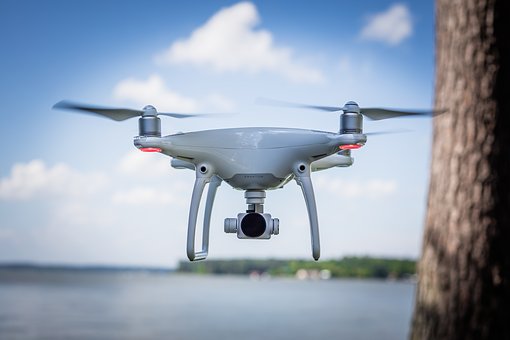
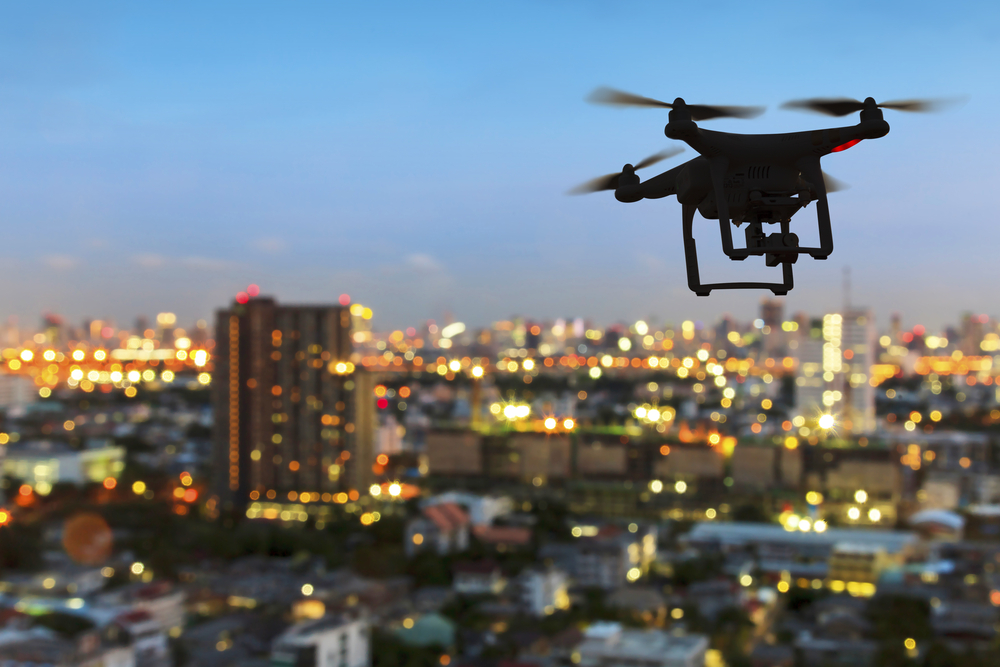
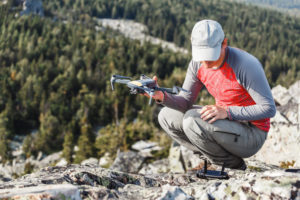
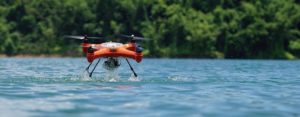
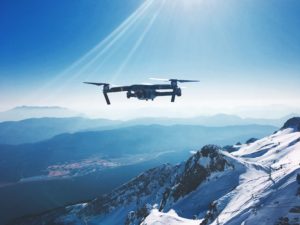
It’s actually a cool and useful piece of information. I am glad that you shared this useful information with us. Please keep us informed like this. Thank you for sharing.